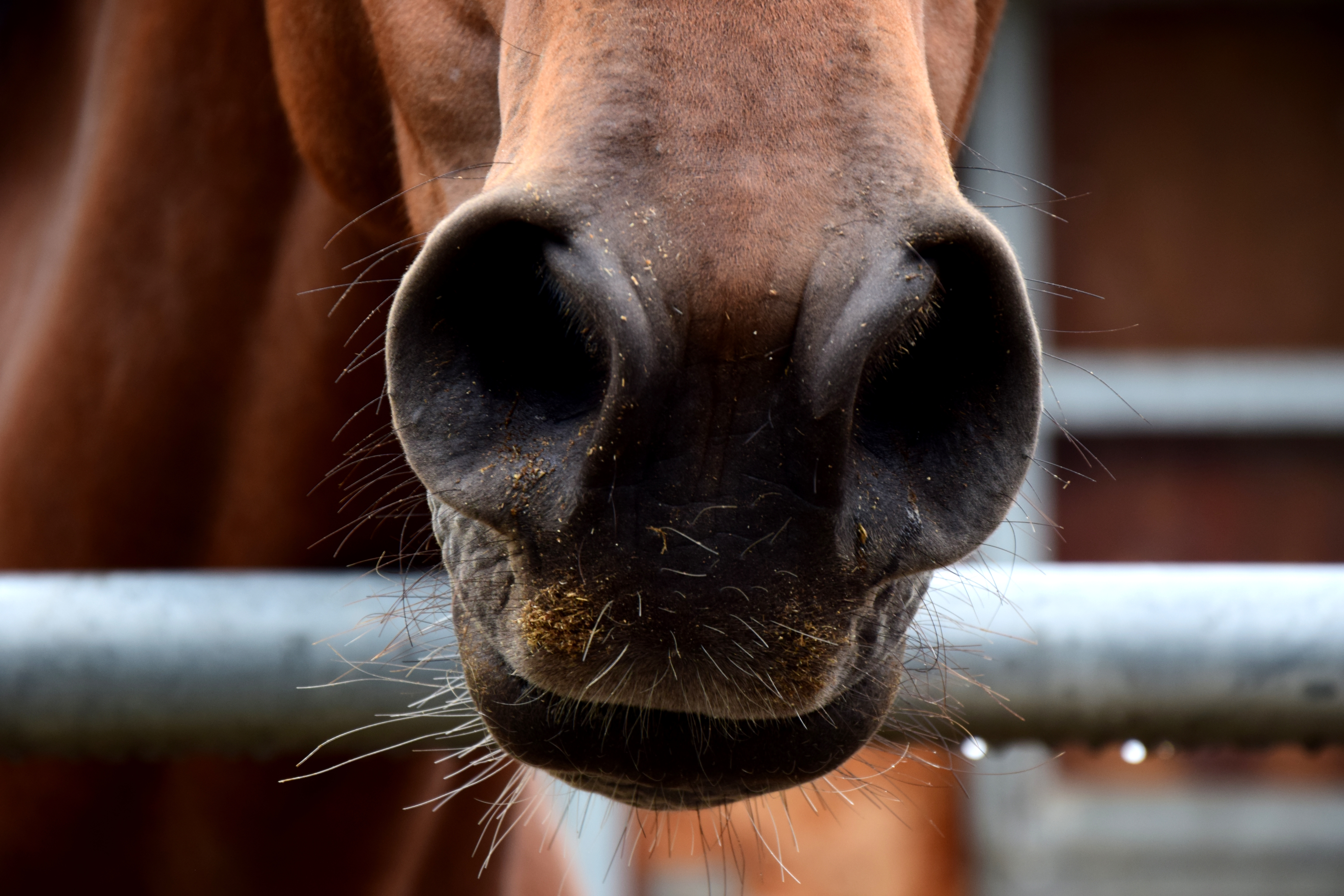Home > Horse Care > 4 facts about heaves in horses
4 facts about heaves in horses
- September 30, 2024
- ⎯ Editors of EQUUS
1. “Heaves” is the common term for equine asthma, a respiratory disease characterized by a narrowing of the small airways of the lungs, which makes exhaling difficult.

2. Tiny dust particles pulled deep into the airway trigger inflammation in the lungs. Research suggests that some horses inherit an increased sensitivity to dust, which makes them more susceptible to equine asthma.
3. Common signs of equine asthma include fast, deep breathing along with coughing and mucus discharge from the nose. In advanced cases, a horse’s nostrils flare and an audible “wheeze” may be heard with each breath. Horses with chronic heaves can develop a distinct “heaves line” along the abdomen as the muscles that help them exhale get overused.
4. Steroids and bronchodilators given orally or inhaled can be used in “rescue” situations, but long-term treatment of a horse with asthma requires eliminating as much dust as possible from his environment. This often requires that the horse be kept outdoors on grass pasture and fed hay that has been thoroughly watered down to reduce dust. Horses with asthma may also benefit from a dust-free pelleted ration.
To learn more about managing horses with heaves, click here. To listen to a podcast about handling a heaves flare up click here.
Don’t miss out! With the free weekly EQUUS newsletter, you’ll get the latest horse health information delivered right to your in basket! If you’re not already receiving the EQUUS newsletter, click here to sign up. It’s *free*!





